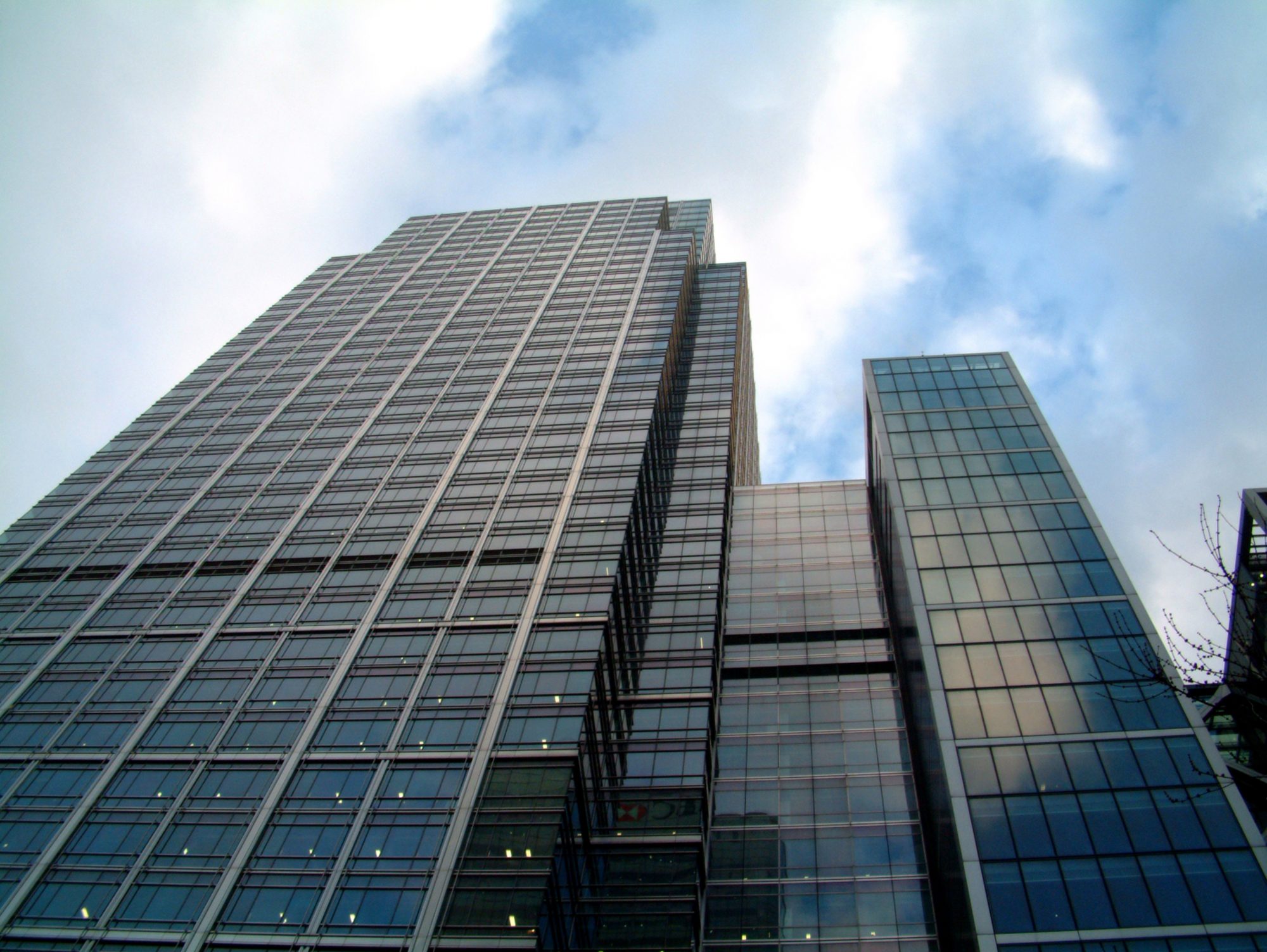As the UK sits in the midst of the coronavirus pandemic, PBC Today speaks to Dr Stephanie Taylor, M.D., M. Arch, CIC, of Harvard Medical School, on how public buildings can become a key mechanism to fighting the virus by managing air quality
Given the World Health Organisation has now confirmed that COVID-19 survives under certain indoor air conditions, and its head scientist of disease has urged hospitals to better manage their air quality for staff when treating patients, there is a serious need for the public to understand the impact that air humidification levels can have on viruses.
Dr Taylor has been a physician for several decades with her primary practice in paediatric oncology and she now specialises in infection control. She says: “Working as a physician, I became very concerned about the impact on buildings on patient outcomes after observing the rates of new infections among young patients, despite our best medical treatment.
“This concern motivated me to learn about buildings, so I returned to school to get a master’s degree in architecture and engineering from Norwich University, Vermont. Today I am passionate about the power of the indoor environment to improve human health.”
What is infection control?
While we cannot predict outbreaks of viral infections, we can interrupt rapid viral transmission and spread of the diseases. When we are faced with a viral pandemic, such as we are now with COVID-19, medical professionals focus on the containment of the illness through medical interventions such as vaccines and anti-viral medications.
Unfortunately, these interventions take an average of four to six months to produce, which makes slowing the spread of an unexpected and new viral outbreak a seemingly insurmountable task. But we do have other measures available to us. For example, decreasing transmission through social distancing and hand hygiene can help reduce rapid spread of the virus.
These behavioural interventions will hopefully “flatten the curve” of transmission, which essentially means slowing it down to prevent further strain on health care facilities.
How can buildings help ease the spread of COVID-19?
In my investigations into the variables contributing to new infections, called nosocomial or healthcare-associated infections, we found some unexpected forces at play. Clearly, room cleaning and hand hygiene interventions decreased direct patient to patient transmission of infections. However, another building factor emerged from our research, one which startled us at first. It became evident that dry indoor air was associated with higher rates of infectious and inflammatory diseases in the building occupants.
We now have an abundance of data that shows that maintaining indoor relative humidity at 40-60% benefits building occupants in several ways:
- First, when RH is in this optimal range, infectious aerosols released from a sick person quickly settle out of the air and can be wiped away from surfaces.
- Second, many viruses and bacteria carried in droplets are less infectious in this midrange RH zone. Conversely, when indoor air is dry, their infectivity is higher. This goes against many people’s intuition!
- Third, relative humidity between 40-60% is the range that optimizes the ability of our immune system to fight viral and bacterial infections. When indoor relative humidity is lower, our respiratory immune system is less able to protect us from infectious microbes, even when we maintain perfect hand and surface hygiene.
There is currently no regulation on minimum indoor humidity levels in most commercial buildings in the UK or many other countries, for example public buildings like schools, workplaces and hospitals. As we look at hot spots of increased COVID-19 disease, we see that indoor environments are involved. While maintaining hand and surface hygiene, to truly control disease outbreaks we must stop creating dry indoor air quality conditions that foster greater aerosol transmission.
Maintaining indoor humidity levels to the 40-60% sweet spot will decrease exposure to infectious particles and reduce viral illness transmission. To give a personal example, my husband suffers from respiratory problems and used to have at least one serious illness each winter. We started monitoring our indoor relative humidity and used active humidification to maintain the level in our home from 40-60%. In the years that we have been doing this, he has not had a single wintertime illness!
What advice would you give to those managing/maintaining buildings?
Building managers and maintainers have a vital role to play in reducing the spread of viral illnesses such as COVID-19.
We now know that viruses and bacteria can survive in tiny infectious aerosols that are transmitted in dry air. This brings into focus the importance of properly humidifying and ventilating buildings to reduce transmission of airborne infections. While we know that viruses can be spread through physical contact with an infected person, they can also travel in tiny droplets released during a sneeze, cough or even when an infected person breathes, can travel through air into an HVAC system when the air quality in a building is dry. This puts building occupants at increased risk of infection even if they have not come into close contact with an infected person.
This concept of airborne transmission may sound scary but managing and maintaining buildings can absolutely control it by keeping relative indoor humidity at what I call the “magic zone” of 40-60%. Data and research show us that if people in offices, hospitals, and schools manage their indoor relative humidity at 40-60%, human immune mechanisms for physiological defence are improved. Not only does humidifying the indoor environment decrease infectious pathogens in the air we breathe, it also bolsters our own immune systems, which is critical, now more than ever.
How can society help stop outbreaks similar to COVID-19?
There is currently little regulation on minimum indoor humidity levels in the UK and many other countries. Building codes have focused on reducing energy consumption which has resulted in lowering the permitted minimum indoor humidity level at the expense of occupant health.
Government advice on COVID-19 has focused on hand hygiene and social distancing, which are two important ways of slowing the spread of transmission. However, poor air humidity standards have impacted the ability of building occupants, including key hospital workers and patients, to defend themselves against this respiratory viral infection, despite adhering to personal hygiene advice.
Setting minimum indoor humidity levels for public buildings will reduce the burden of COVID-19 and other upcoming seasonal viral illness on society, reduce absenteeism and save lives. In fact, a recent study in a nursery school showed that there were fewer infectious droplets in the air, and that fewer children missed school, when the classroom humidity was maintained above RH 40% (Rieman J, “Humidity as a non-pharmaceutical intervention for influenza A”, 2018 ASHRAE abstract).
Governments currently set indoor air quality standards for temperature, fresh air introduction and pollutants. Setting a minimum indoor humidity level in public buildings is easily achievable and will result in net profit for society through increased productivity and reduced healthcare costs. Most importantly, it will save lives.
Microbiologists are currently hard at work to develop more effective vaccines and anti-viral medications, but we can act now to reduce the spread of coronavirus and upcoming seasonal viral illness in our buildings. Why wait?
Twitter: @staylorvt


















